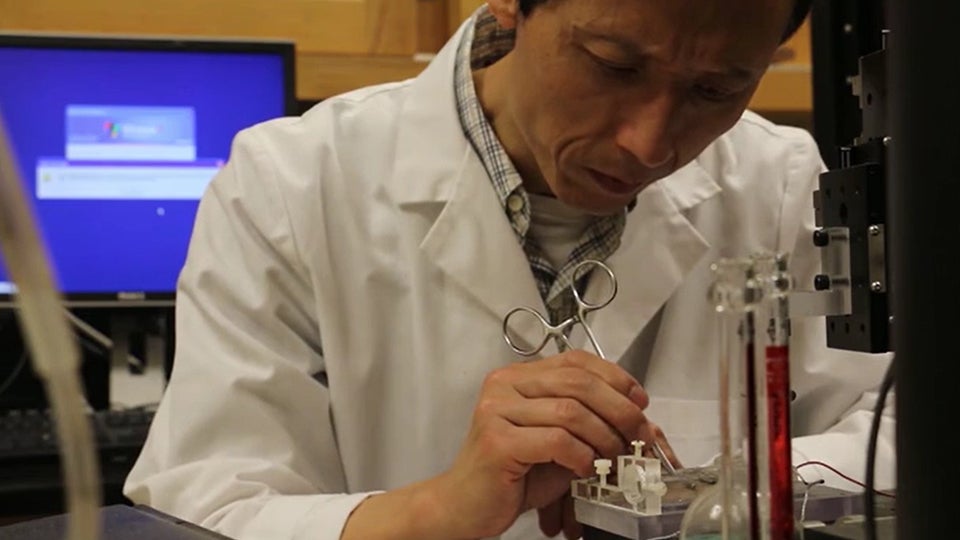Hammond biotech firm partners with Australian university
HAMMOND, Ind. (Inside INdiana Business) — A Hammond-based biotechnology company is teaming up with the University of Western Australia to develop drugs to help fight neurodegenerative diseases and spinal cord injury pain. Neuro Vigor focuses its research on neutralizing reactive aldehydes, which are key to the progression of diseases such as multiple sclerosis, Parkinson’s disease and Alzheimer’s disease. Co-founder and Chief Executive Officer Mark Van Fleet says there is a “great need for novel solutions and that’s what we represent.”
In an interview on Inside INdiana Business, Van Fleet said the collaboration is a representation of the progress in research to fight reactive aldehydes.
“They have a lot of expertise in finding new chemical entities, new molecules, new potential drug candidates that could be what we need in terms of reducing these reactive aldehydes,” said Van Fleet. “This collaboration, in effect, combines our expertise in the science in developing the right focus on which indication and our understanding of the biology with the University of Western Australia’s expertise in the chemistry in the development of new potential drug candidates.”
Reactive aldehydes are highly toxic molecules that are released by cells when they’re under internal or external stress or trauma. Van Fleet says they increase significantly in neurodegenerative diseases, SCI and other conditions, and can damage tissue at the cellular and molecular level.
Neuro Vigor is a Purdue University-affiliated company co-founded by Dr. Riyi Shi, the Mari Hulman George endowed professor of applied neuroscience and
director of the Center for Paralysis Research at Purdue. Van Fleet says Shi, along with Phil Burcham from the UWA, are the leading experts in this field and both sides needed each other to further drug development.
“They needed the combination of our business-related effort and their pure academic effort…to try to bring these drug candidates to market and really make a difference for these people that are really dealing with the consequences of these diseases,” said Van Fleet.
The partnership is a two-year research and development effort, the first stage of which is being funded by the Indiana Spinal Cord and Brain Injury Fund and the UWA. Van Fleet says reducing spinal cord injury pain is the first target for the collaboration.
The first step in the collaboration is preclinical drug development, which will figure out which compound identified by UWA researchers has the most potential to reduce reactive aldehydes.
“Do they have the right characteristics to be good drugs? How fast or effectively to they get into the spinal cord area. Would they be non-toxic? What would their safety profile be? What kind of side effects might they have? [We’re trying] to find the best candidate that we can then take into clinical trials, use in human trials and that will then move towards approval by the Food and Drug Administration and eventual entrance in the clinic and improving people’s conditions here.”
Van Fleet says the company hopes to have a preclinically-validated drug candidate within 12-18 months with the goal of entering Phase 1 clinical trials a year after that.
Purdue says Neuro Vigor will receive an exclusive option to license any intellectual property of chemical entities that result from the collaboration.



